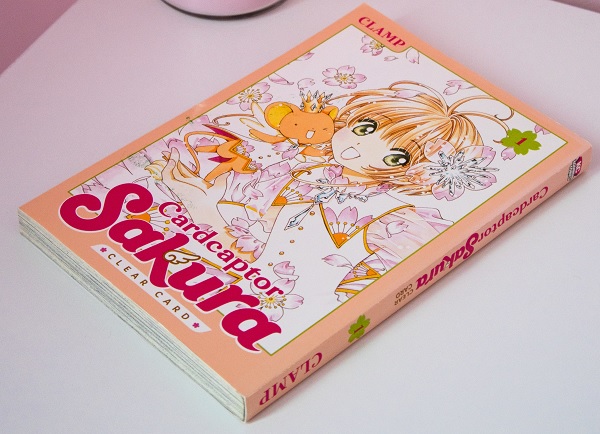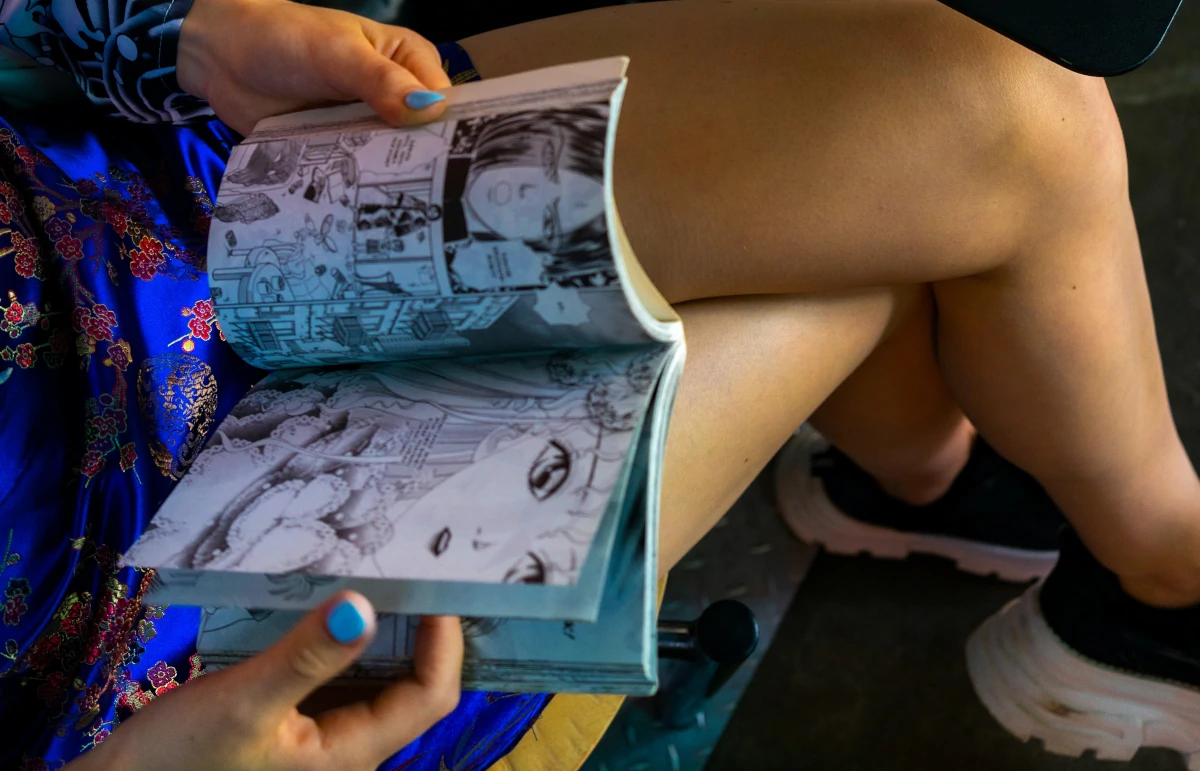Step into the mesmerizing realm of Manga, where vivid illustrations dance with enthralling narratives. From ancient scrolls to modern webcomics, Manga has evolved into a global cultural phenomenon. This article takes you on a captivating journey through the art of Manga, unveiling its origins, distinctive aesthetics, and cultural impact.
Whether you’re a seasoned Manga enthusiast or a curious newcomer, prepare to be spellbound by the creativity and depth of this remarkable art form. So, without further ado, let’s dive into the ‘what,’ ‘when,’ and ‘how’ of Manga.
A Storied Past: Tracing the Origins of Manga
Venture back in time to explore the inception of the captivating art of Manga. The term ‘Manga’ refers to Japanese comics and is an art form that combines images and text to weave stories. Although Manga as we know it began to take shape in the late 19th century, its roots stretch back further. Ancient Japanese scrolls from the 12th century can be seen as precursors, depicting stories through sequential images.
Evolving, by the late 18th century, Toba Ehon, a comical picture book, furthered the development of Manga. The golden age dawned after World War II, thanks to Osamu Tezuka, often hailed as the “God of Manga.” His creation, “Astro Boy,” is seen as a defining moment in Manga history.
Astoundingly, Manga’s themes are not limited to one genre. From action-packed adventures to heart-wrenching romance, the possibilities are endless.
Manga’s Aesthetic: An Art Style Defined

Let’s now unravel the visual essence that defines the art of Manga. Manga is particularly famous for its unique illustration style. Typically, characters have large, expressive eyes which facilitate conveying emotions. Backgrounds are often highly detailed, lending depth to the narratives.
Additionally, Manga follows a panel structure for storytelling, usually read from right to left. Artists employ varied panel sizes to control pacing and focus.
Take, for example, “Naruto” by Masashi Kishimoto. The dynamic action scenes and intricate character designs exemplify Manga’s aesthetic potential.
The Impact: Manga’s Cultural and Global Influence
Manga is not just an art form; it’s a cultural phenomenon. In Japan, people of all ages indulge in Manga. Diverse themes cater to different tastes, making it an inclusive medium.
Furthermore, the art of Manga has crossed oceans, garnering a global following. International artists now draw inspiration from Manga, integrating its elements into their work.
Moreover, Manga has also given rise to Anime – animated TV shows and films based on Manga. Series like “Attack on Titan” have attained a cult following, further solidifying Manga’s global impact.
The Art of Manga Today: Modern Iterations and Trends
Lastly, let’s explore how the art of Manga thrives in the contemporary world. With the rise of digital media, Manga is no longer bound by paper. Artists create webcomics, and readers access Manga online.
Additionally, social issues are increasingly explored in modern Manga. For instance, “My Brother’s Husband” by Gengoroh Tagame delves into societal attitudes towards homosexuality.
In conclusion, the art of Manga, with its rich history, distinct aesthetics, and enduring cultural impact, continues to enchant audiences worldwide. Whether through the pages of a comic book or the screen of a digital device, Manga’s legacy remains indomitable.
